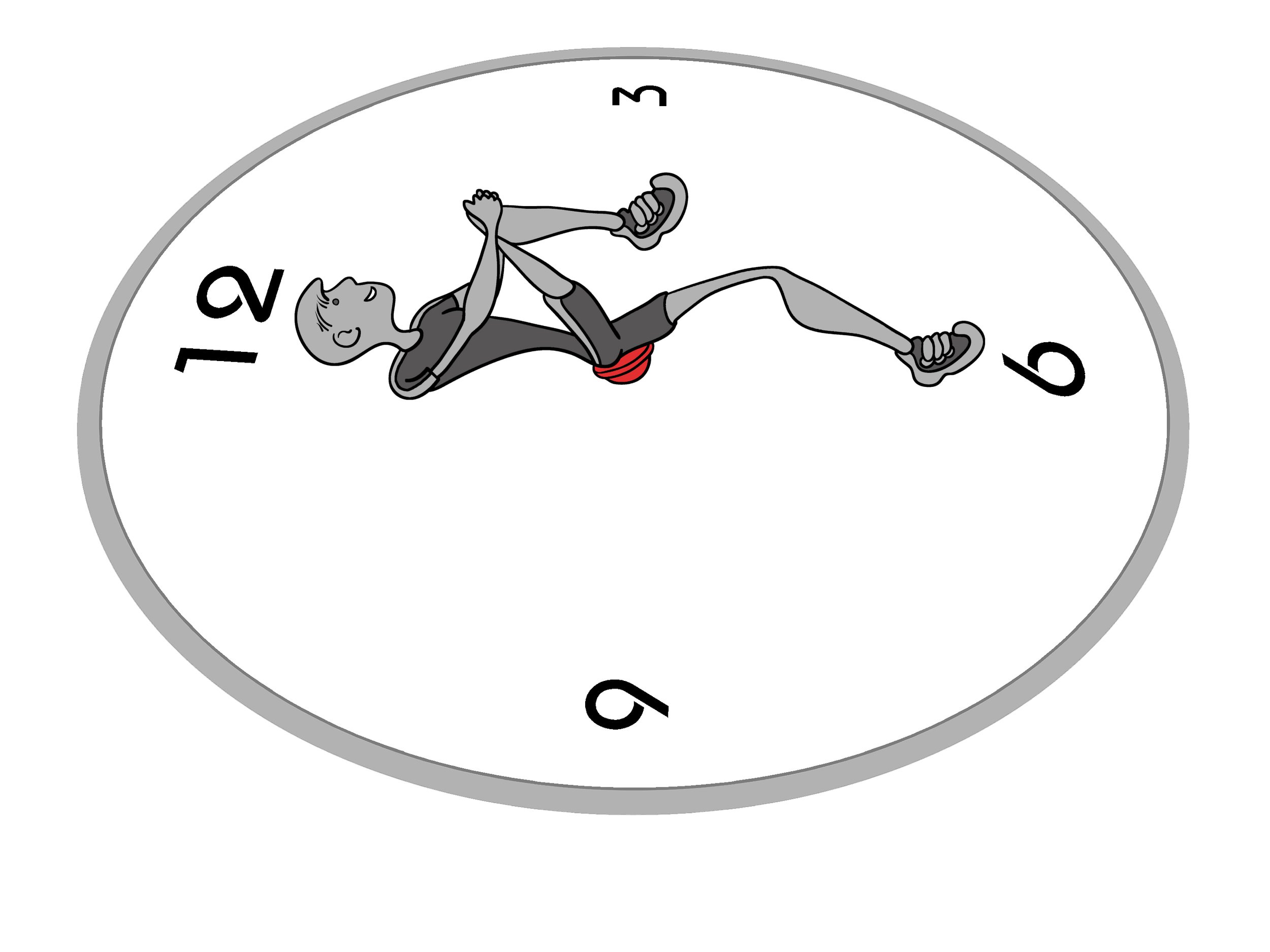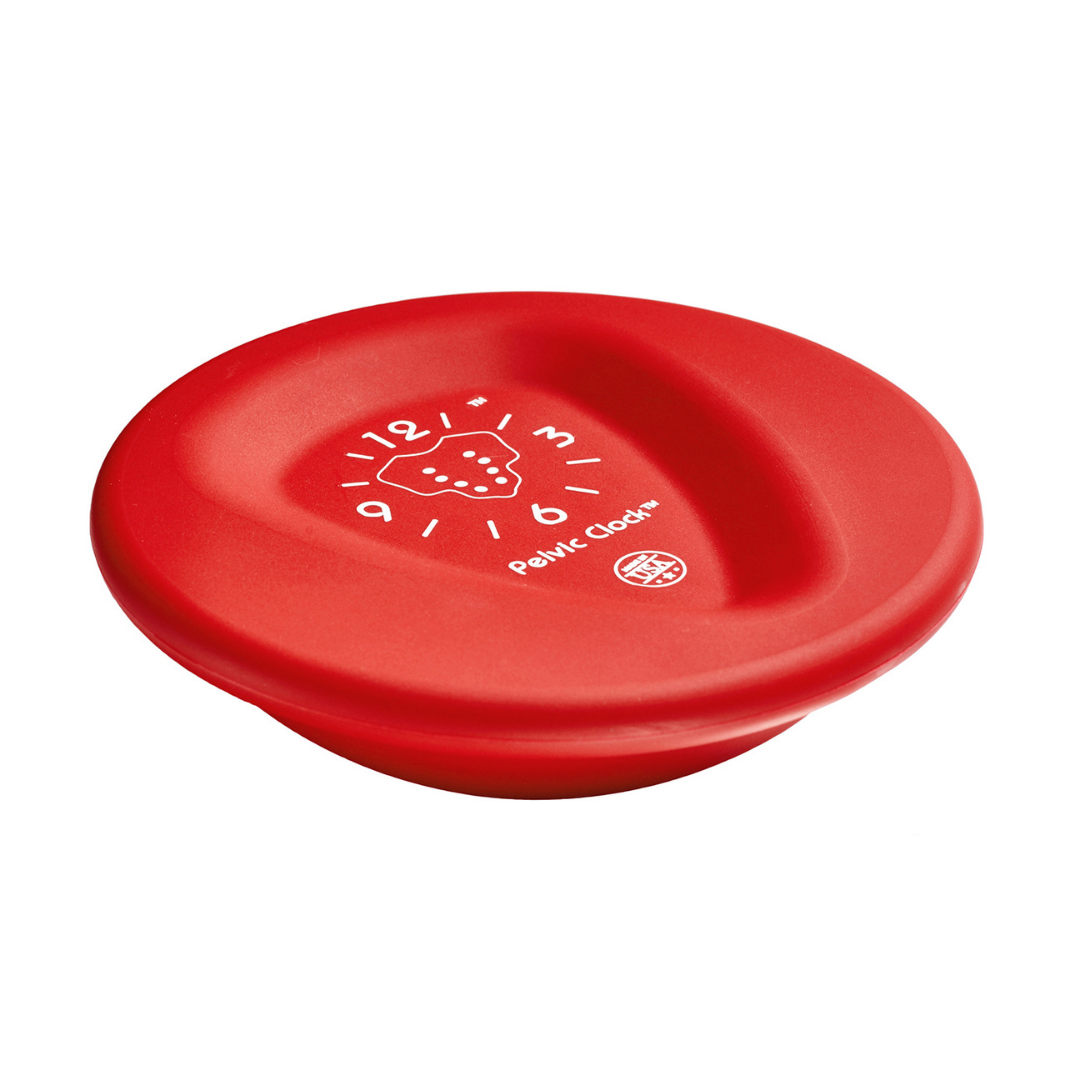HOME EXERCISES FOR LUMBAR SPINAL STENOSIS
Igor Gershengorin
By Yana Blinova, MS, Inventor of Pelvic Clock® Exercise Device, Former Olympic Coach
Lumbar Spinal Stenosis is a chronic condition associated with aging and sitting.
Unfortunately, after turning fifty, frequent pain in the lower back is very common. The good news is that by changing a few habits and learning appropriate exercises, most people can prevent and manage lumbar spinal stenosis.
Symptoms of Lumbar Spinal Stenosis
Narrowing of the spinal canal leads to compression of the nerve roots and inflammation, causing the following symptoms:
pain in the lower back.
pain in one or both legs.
tingling in the leg(s).
weakness in the leg(s).
burning or/and numbing sciatica pain in the leg.
The pain starts when you walk or stand for a long time.
Sitting or bending forward provides pain relief.
Treatment of Lumbar Spinal Stenosis
Depending on the severity of your symptoms, the treatment for lumbar spinal stenosis can range from physical therapy and over the counter anti-inflammatory medication to steroid injections and spinal surgery.
A dull CHRONIC pain in the lower back can be relieved with daily stretches that decompress the lumbar spine and with core stability exercises.
When lumbar spinal stenosis is left untreated, the inflammation spreads, leading to SCIATICA and ACUTE pain, often described as sharp, excruciating, and unbearable.
In this case, the healing will take weeks of medication and physical therapy.
It’s important to understand that once the inflammation subsides, it will be wise to continue with daily Stretches and Exercises for Lumbar Spinal Stenosis to minimize the risk of relapse.
Exercising with Lumbar Spinal Stenosis
Most people are afraid to exercise when they are in pain. Learning about your body mechanics will help you overcome this fear.
Lumbar spinal stenosis is not the end of your physical activity; it’s a signal to make changes in your routine.
Certain exercises help relieve pain, when others can aggravate it, so a proper selection of stretches and exercises is key to successful pain relief.
Regular exercises make chronic pain manageable and long term regular exercises provide long lasting results.
Home Exercise Routine for Lumbar Spinal Stenosis
If you intend to manage lumbar spinal stenosis on your own, you’ll need to build a home exercise routine that will keep you out of trouble for many years to come. A daily routine for anyone over fifty must include exercises that will help to address:
Flexibility of lumbar spine and hips.
Core strength.
Posture.
What are the best exercises for Lumbar Spinal Stenosis?
The staple exercises for Lumbar Spinal Stenosis are:
Knee-to-Chest
This stretch helps to release the Quadratus Lumborum muscle on one side of the lower back, and the Hip Flexor aka Psoas muscle on the other side of the body (groin area). Try to straighten one leg in order to stretch the hip flexor.
Pelvic Tilt
The Pelvic Tilt stretch helps to correct Anterior or Posterior pelvic tilt. It activates the Transversus Abdominis, the deepest of all core muscles.
Dead Bug
Dead Bug is a core stability exercise.
Print or download a free PDF Pelvic Clock® Exercises for Lumbar Spinal Stenosis to learn more.
Why use the Pelvic Clock Exercise Device?
The Pelvic Clock is a portable tool designed to make exercises for the lower back more effective. It helps to:
STRETCH tight lower back muscles to increase flexibility and decompress lumbar spine.
STRENGTHEN deep core muscles to increase stability of the lumbar spine.
REALIGN tilted pelvis, uneven hips, or a curved lumbar spine.
When to use the Pelvic Clock?
The Pelvic Clock exercises are safe and beneficial for people suffering from CHRONIC back pain.
If you are in excruciating, ACUTE pain, you must complete 4-6 weeks of physical therapy first. Ask your physical therapist at which point of your recovery process you can start using the device. Your PT can also modify Pelvic Clock exercises in order to adapt them for your specific case.
Where do Pelvic Clock exercises?
You can do all Pelvic Clock exercises on the bed, massage table, yoga mat, or floor.
Is there an age limit for using the Pelvic Clock?
It depends on your fitness level; physically active people in their 80s and even 90s are successfully using the Pelvic Clock.
But if you can’t describe yourself as active and fit, take your time to learn step by step. The Pelvic Clock® 4 Week Exercise Program is designed to help you gradually build up your skills.
Tips
When you suffer from lumbar spinal stenosis, nerve roots located in your lower spine are inflamed due to the narrowing of the spinal canal.
Ice
Ice your back for 15 minutes after exercises to prevent further spread of the inflammation.
Don’t rush
Take your time to learn exercises, focusing on a proper form.
Use padding
If your lower back is very sensitive, relaxing your muscles on the Pelvic Clock can be challenging. A small towel on top of the device provides a good padding. In a week or two you will get used to pressure on the sacrum and can remove the padding.







